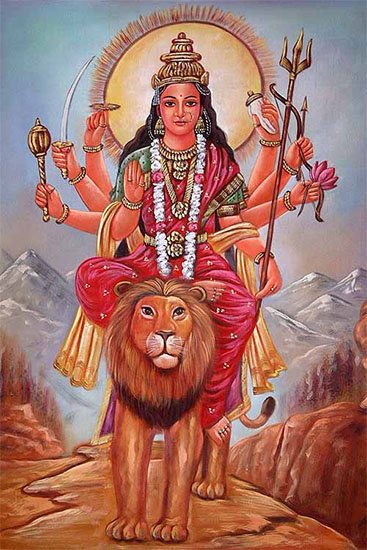Tantrabheda, Tantra-bheda: 4 definitions
Introduction:
Tantrabheda means something in Hinduism, Sanskrit. If you want to know the exact meaning, history, etymology or English translation of this term then check out the descriptions on this page. Add your comment or reference to a book if you want to contribute to this summary article.
In Hinduism
Shaktism (Shakta philosophy)
Source: Google Books: ManthanabhairavatantramTantrabheda (तन्त्रभेद) refers to the “tantric division” of the five praṇavas, according to the Manthānabhairavatantra, a vast sprawling work that belongs to a corpus of Tantric texts concerned with the worship of the goddess Kubjikā.—Although rooted in the originally male-oriented Śaiva tradition, the Five Praṇavas are commonly understood in the later sources to be female energies and are accordingly referred to collectively as the ‘fivefold Kaulikī Vidyā’ and so is not part of the earliest presentations in the Kubjikā Tantras, although it is an emergent possibility. The Ṣaṭsāhasrasaṃhitā distinguishes the basic Five Praṇavas from another set of Five Praṇavas to which it refers as being of the Kaula type, with respect to the former that are of the Tantric type (tantrabheda).

Shakta (शाक्त, śākta) or Shaktism (śāktism) represents a tradition of Hinduism where the Goddess (Devi) is revered and worshipped. Shakta literature includes a range of scriptures, including various Agamas and Tantras, although its roots may be traced back to the Vedas.
Languages of India and abroad
Sanskrit dictionary
Source: Cologne Digital Sanskrit Dictionaries: Aufrecht Catalogus CatalogorumTantrabheda (तन्त्रभेद) as mentioned in Aufrecht’s Catalogus Catalogorum:—tantra. Quoted by Gaurīkānta Oxf. 109^a.
Source: Cologne Digital Sanskrit Dictionaries: Monier-Williams Sanskrit-English DictionaryTantrabheda (तन्त्रभेद):—[=tantra-bheda] [from tantra > tan] m. Name of a Tantra, [Ānanda-laharī 31 [Scholiast or Commentator]]
[Sanskrit to German]
Sanskrit, also spelled संस्कृतम् (saṃskṛtam), is an ancient language of India commonly seen as the grandmother of the Indo-European language family (even English!). Closely allied with Prakrit and Pali, Sanskrit is more exhaustive in both grammar and terms and has the most extensive collection of literature in the world, greatly surpassing its sister-languages Greek and Latin.
See also (Relevant definitions)
Partial matches: Bheda, Tantra.
Full-text: Tantradarpana.
Relevant text
Search found 1 books and stories containing Tantrabheda, Tantra-bheda, Tantra-bheda; (plurals include: Tantrabhedas, bhedas). You can also click to the full overview containing English textual excerpts. Below are direct links for the most relevant articles: